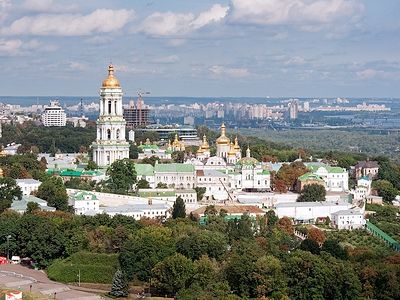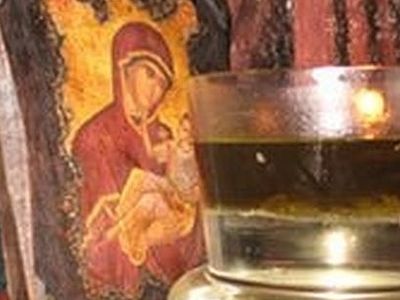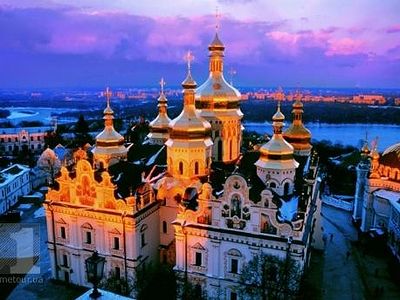Source: Religious Information Service of Ukraine
January 13, 2016

A week after caroling, on New Year’s Eve (Julian calendar) we celebrate the Eve of Bounteous Gifts. According to the Church calendar this is the day of St. Melanie. In folk tradition both holidays became united and now we have the Eve of Bounteous Gifts or Malanka holiday.
Because of the differences that exist between the Gregorian (secular) and Julian (Orthodox Church) calendars Ukrainians celebrate New Year's twice in the year. The official celebration of the New Year falls on January 1, while January 14, remaining an important part of the ancient calendar of the ceremonial cycle of Ukrainians in the folk tradition, today is called the Old New Year.
On New Year’s Eve (which is now January 13) solemn worship is celebrated in churches dedicated to the end of the old year to thank God for the graces already received and ask for new ones for the next year. Similar to Christmas Eve, a special dinner is prepared that day, which is popularly styled “the generous one” because the dishes tonight are not lenten: there is arecoliphia, sausages, jelly, and ham on the table...
Central Ukraine and Hutsuls’lands celebrate the Eve of Bounteous Gifts as a significant feast of Christmastide with well-developed rituals. Galician Podiliya does not celebrate it, because the Eve of Bounteous Gifts in Galicia is marked on the eve of Epiphany, while in central Ukraine it is referred to as a ‘hungry coliphia,’ Theophany Eve.
In Ukraine on the Eve of Bounteous Gifts, fathers hide from children behind pies - a symbol of generosity and wealth.
As for the meals of the Eve of Bounteous Gifts, they are not the same everywhere: in the Dnipro areas they bake meat pies and roast buckwheat pancakes in pork lard, in southern Ukraine they bake soft ring-shaped rolls, Hutsulsbake dumplings, or‘pies,’ as they call them, according to the Ukrainian traditions website.



